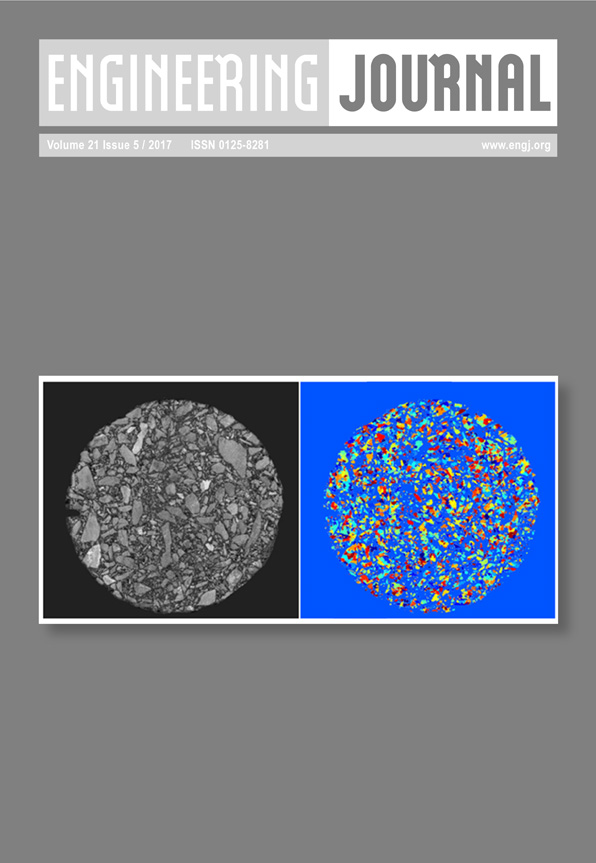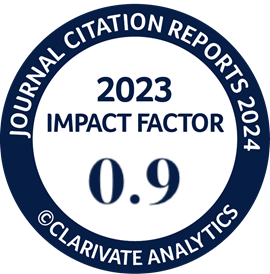Inventory-Based Analysis of Greenhouse Gas Emission from the Cement Sector in Thailand
DOI:
https://doi.org/10.4186/ej.2017.21.5.125Abstract
The GHG inventory from the cement sector in Thailand is analyzed by using the CSI protocol. The data are provided by five participated cement industries in the country starting from the year 2001 to 2014. The key performance indices corresponding to the GHG reduction technologies are calculated and presented. The results indicate that the annual average of the direct CO2 emission from the cement sector is 33.1 million tonnes of CO2, which contributes nearly 15% of the total national GHG emission. This amount of CO2 emission originates from the calcination and the fuel combustion parts by 21.3 and 11.8 million tonnes of CO2, respectively. The average specific net and gross CO2 emissions are 727 and 733 kg of CO2 per tonne cementitious, respectively. The average specific indirect CO2 emission from external electricity production is 60.5 kg of CO2 per tonne cement. The average specific thermal and electrical consumption is 3.32 GJ per tonne clinker and 117 kWh per tonne cement, respectively. The average alternative and bio fuel thermal ratios are 2.51 and 5.24%, respectively. The average clinker-to-cement ratio is 82.4%. From the analysis, it is indicated that the use of the bio fuels have been an effective mitigation action in the past decade, and the use of the alternative fuels have been employed in the last few years. The implementation of the electrical energy efficiency and the WHR unit causes the specific indirect CO2 emission from external electricity generation decreasing steadily over the past decade. On the other hand, the key technology for the direct CO2 reduction potential is the clinker substitution. The availability of the clinker substitutes in the country is very limited, but opportunity of using these substitutes should be increased in the future.
Downloads
Downloads

Authors who publish with Engineering Journal agree to transfer all copyright rights in and to the above work to the Engineering Journal (EJ)'s Editorial Board so that EJ's Editorial Board shall have the right to publish the work for nonprofit use in any media or form. In return, authors retain: (1) all proprietary rights other than copyright; (2) re-use of all or part of the above paper in their other work; (3) right to reproduce or authorize others to reproduce the above paper for authors' personal use or for company use if the source and EJ's copyright notice is indicated, and if the reproduction is not made for the purpose of sale.









